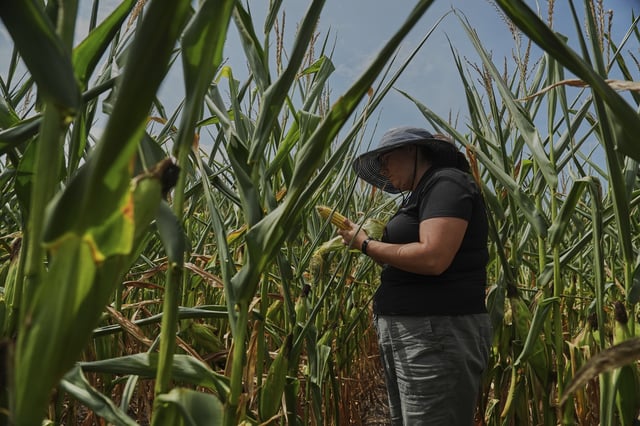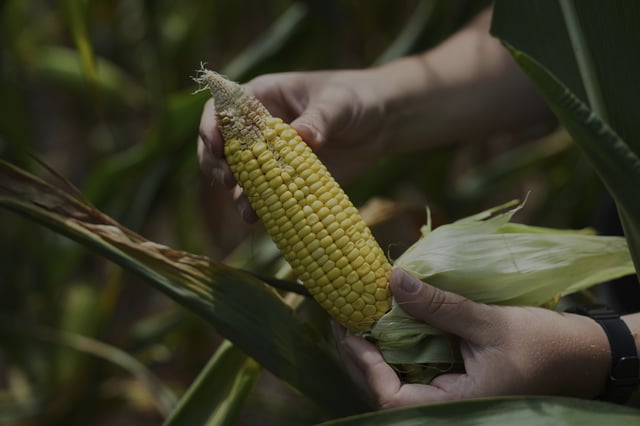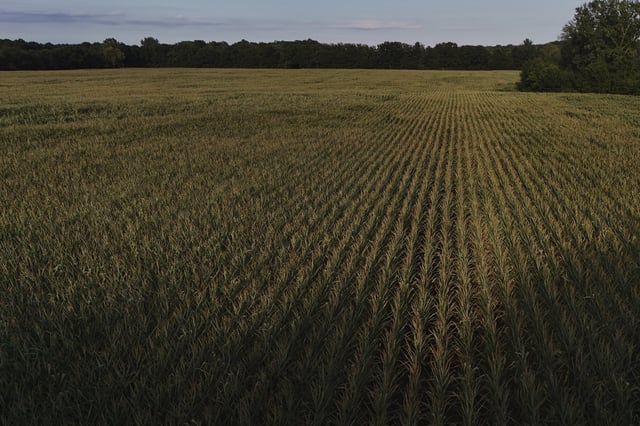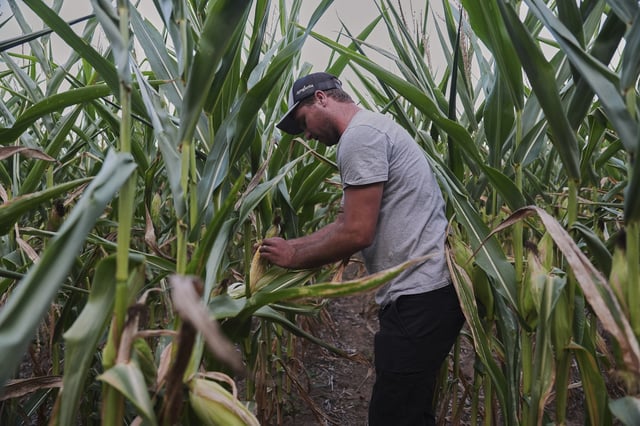Overview
- Drought coverage across U.S. corn areas fell from nearly 60% in winter to about 3% by early August after widespread summer rainfall east of the Rockies, according to the U.S. Drought Monitor and USDA.
- High overnight temperatures reduced pollen viability and contributed to tassel wrap and patchy ears, agronomists said, noting unusual reports of the issue across parts of the Midwest and Plains.
- Weather variability hit farms unevenly, with some facing delayed planting, standing water and fertilizer loss, including a Mississippi farm that started about 60 days late due to persistent rain.
- USDA meteorologists warn that rising humidity and warmer oceans are driving hotter nights, a growing stressor for corn and soybeans during the critical pollination window.
- Adaptation efforts are expanding as PowerPollen reports its rescue pollination jobs have nearly doubled since 2018, and excessive moisture has fostered ear diseases such as corn smut.



